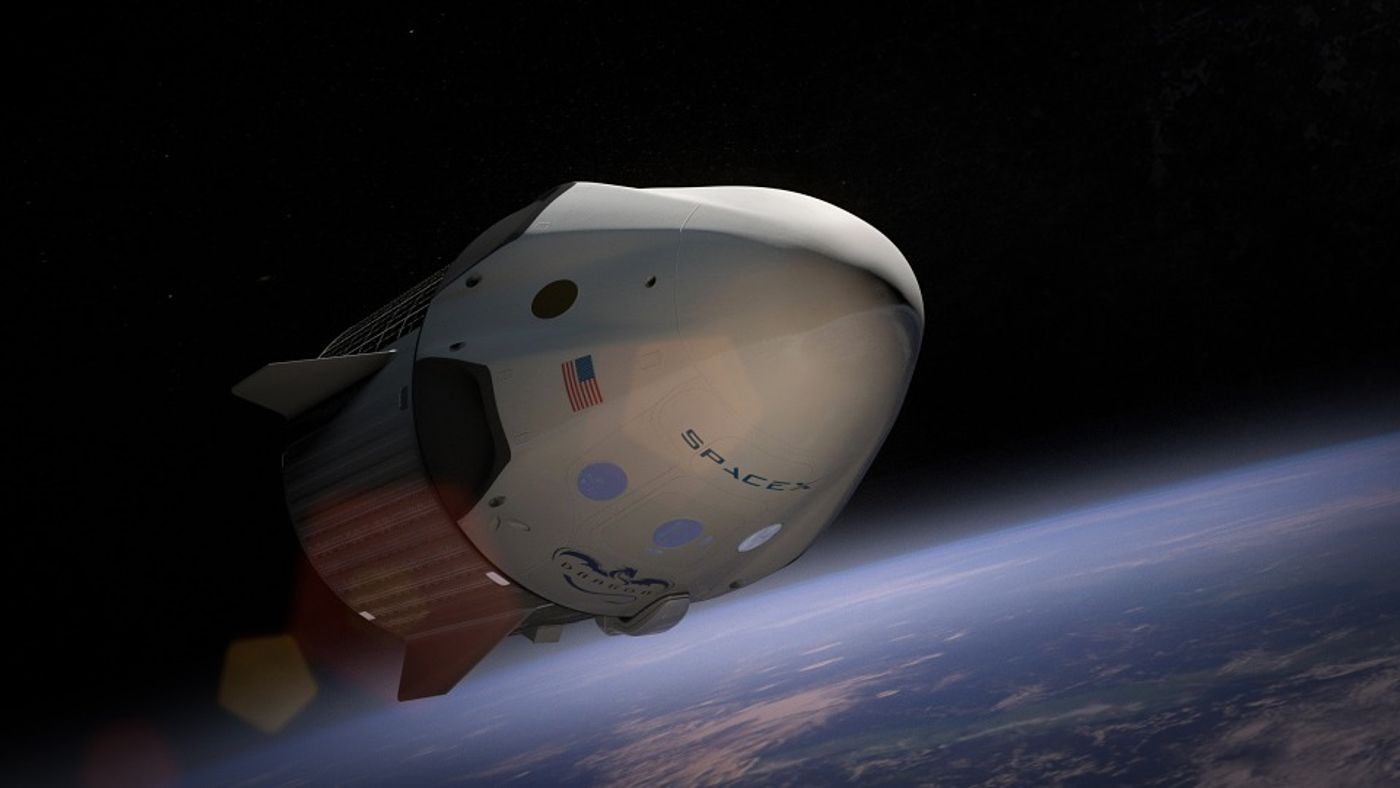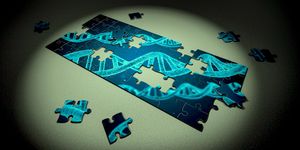SpaceX Will Send Astronauts to the ISS for First Time in June 2019
In recent years, SpaceX has earned a respectable reputation in the commercial space industry. At one point, even Elon Musk couldn’t predict if a Falcon 9 rocket would reach outer space; but fast-forward to now, and Falcon 9 rockets have seemingly become just as reliable as their Russian Soyuz counterparts that have lofted astronauts to the International Space Station for years.
Given the circumstances, it comes as no surprise that NASA and SpaceX have each expressed individual interest in working collectively to bring crewed launches back to American soil. This endeavor would reduce the United States’ dependence on other nations to continue science in space, and make it more convenient to do so.
Image Credit: SpaceX via Pixabay
But while we’ve heard so much about these plans and the growing interest in pursuing them thus far, it wasn’t until mid-2017 that NASA divulged official dates for crewed launches from American soil with the help of its partners Boeing and SpaceX. Unfortunately, delays pushed SpaceX’s crewed Demonstration Mission 2 back until April 2019.
That plan still stands as of this writing, but the Demonstration Mission 2 won’t put astronauts on the International Space Station; instead, it will serve as a proof-of-concept demonstration to show that SpaceX’s Falcon 9 rocket and Dragon capsule are capable of crewed flights.
Assuming everything goes according to plan, how soon could we expect SpaceX to begin sending real astronauts to the International Space Station? As it would seem, perhaps not very long; in fact, NASA could call upon SpaceX’s rocket-launching expertise as early as June 2019.
And Boeing wouldn’t be too far behind; SpaceX’s primary competitor through NASA could send American astronauts to the International Space Station via its Starliner spacecraft and a United Launch Alliance-made Atlas V rocket just a few months later in August 2019.
Related: These 9 astronauts will be the first to participate in NASA's commercial crewed missions
These launches have been delayed once before, and it’s entirely possible that it could happen again. Nevertheless, NASA intends to be more transparent on the matter by communicating its plans with the public every month.
"This new process for reporting our schedule is better; nevertheless, launch dates will still have some uncertainty, and we anticipate they may change as we get closer to launch," explained Phil McAlister, NASA’s director of Commercial Spaceflight Development.
"These are new spacecraft, and the engineering teams have a lot of work to do before the systems will be ready to fly."
When NASA finally sends astronauts to the International Space Station by way of SpaceX’s Falcon 9 rocket and Dragon capsule, it will become the first crewed mission to the Earth-orbiting space lab since NASA retired the Space Shuttle Program in 2011. That said, there’s a lot of anticipation for this event, and it’s sure to be an emotional experience for American patriots.









